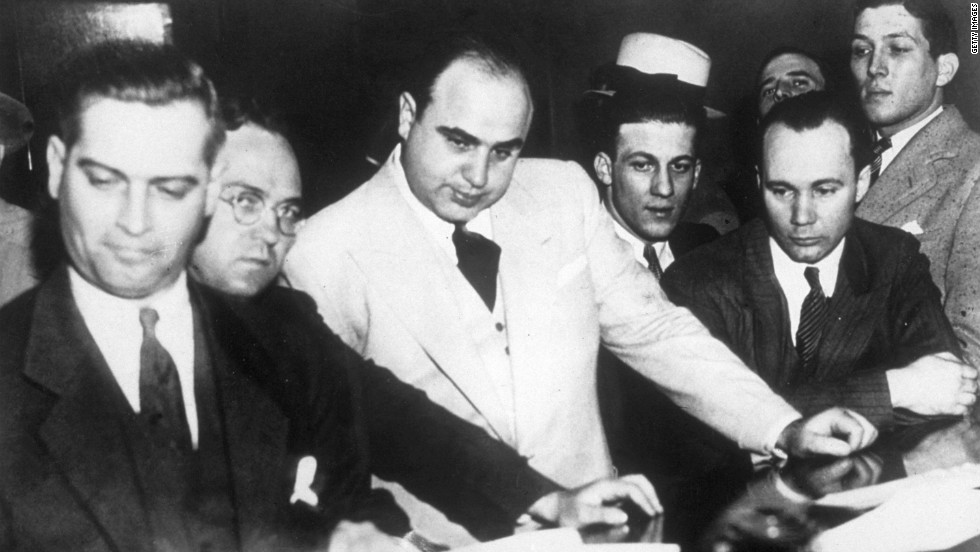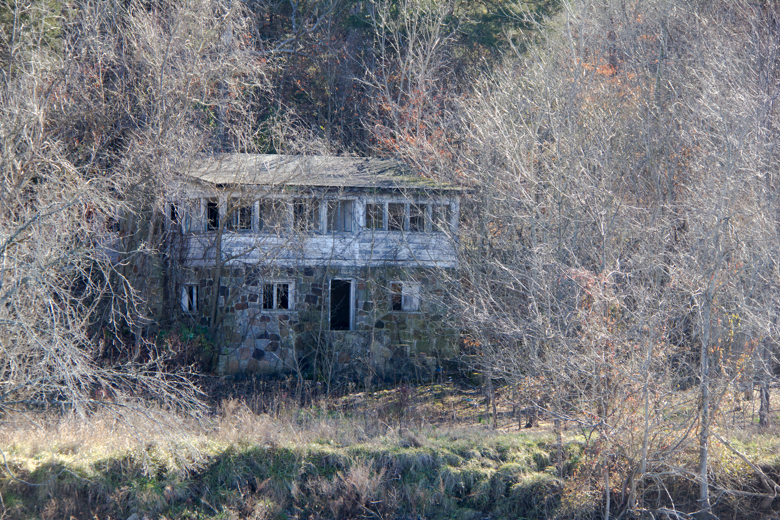
Seiders business was based in the same city as Capone’s, and by almost all accounts his morals were nearly as flexible: he bought and produced large quantities of illegal alcohol, engaged in a number of questionable business transactions, cheated on his taxes, and perhaps cheated on his wife with a young woman who sued him in 1928 for “both mental and physical suffering”-suffering caused in part by Seiders’ forcing the girl to dye her hair red. “We kind of figured was in partnership with Al Capone in some ways,” said Mary Caldwell, and the situation wouldn’t be unthinkable. “It was a very private place and lots of things went on there that wouldn’t go on in the normal world,” said Elsie MacKinnon, owner of the Laughing Lizard Inn & Café, in the mountain town of Jemez Springs. The property became known as the Rancho Rea, after Seiders’ wife, Rhea, and Seiders’ friends and associates would come west from Chicago and the East Coast just to see it. Stables held horses for his guests to ride, hop plants grew around a mysteriously locked building, and there was more than enough room for friendly local girls, banquets, and slot machines. He bought a large piece of property in the Jemez Mountains’ Cebolla Valley, built a house, a dancehall, an exclusive and technically illegal bar, a little store, and numerous outbuildings. In 1924, Seiders left Chicago for New Mexico, for the Jemez Mountains, but continued to spend at least half of every year in Illinois. Few will acknowledge in so many words that Capone started them on the road to riches and power.” “Some are living out their days in Florida, California, Arizona, or New Mexico. “Many of the businessmen and politicians who knew Capone best are still to be found in Chicago and its suburbs,” wrote George Murray in 1975, in The Legacy of Al Capone.

“Said he was in advertising, though that comes with a lot of territory.”ĭuring the same years of the first half of the 1920s that Seiders was building his business in Chicago, Al Capone was taking over the Chicago underworld-making millions every year off liquor and gambling and prostitution-bribing and threatening and striking deals with countless lawmen and politicians and businessmen.

“There was a rumor that he was a little shady,” recalled Tom Abousleman, an old friend of Seiders’. ‘Made a million in six years out of selling some kind of mottoes,’ you say. “For one thing, you can’t quite visualize business. “…There’s something about the whole situation that keeps it from quite jelling-an almost intangible something,” wrote Merle Crowell, editor of The American Magazine , in response to a 1926 draft of an article about the man.

After moving to Chicago, he founded and presided over Seth Seiders Incorporated, and built a tiny empire selling printed pep talks and motivational sales booklets. How he made that money, though, is a matter of some debate. Possessing a seemingly endless supply of blustery enthusiasm, Seiders started a short-lived business, sold advertising for a newspaper, traveled the country selling door to door, married a businesswoman, and ultimately did make a million dollars.
#Al capones hide out how to
He read nothing but books about successful men, did little besides work, and thought of almost nothing but how to make a million.īefore long, he had grown into “a big, well-dressed, blonde-headed man with an arresting gray eye,” as writer Neil M.
#Al capones hide out full
As a child, he sold magazines, trapped muskrats for their pelts, and sold buckets full of wild blackberries. “There wasn’t a lot of people here back then.”īut one person who was around back then, and someone who may have known Capone, was an eccentric Chicago businessman named Seth Seiders.īorn in 1883, in Paulding, Ohio, Seth Seiders seemed to have entered this life driven by an intense desire to make money. “He used to come by, and when he’d come by he’d just stop in and have dinner with you,” added Jack Caldwell, Mary’s son. “Capone was here, but he was kept pretty well hidden,” remembered Mary Caldwell, a lifelong mountain resident. In the late 1920s, the legend says, “Scarface” Al Capone, Chicago’s notorious Prohibition-era crime boss, used this mountain ranch as a getaway, when he needed a place to hole up for a while. All across this meadow are the faint traces of an old ranch, and hidden among these traces is a legend. Nestled among these mountains, ringed by walls of jagged and wooded lava rock, is a valley. Rising over the desert of north-central New Mexico are the green and rugged Jemez Mountains.


 0 kommentar(er)
0 kommentar(er)
